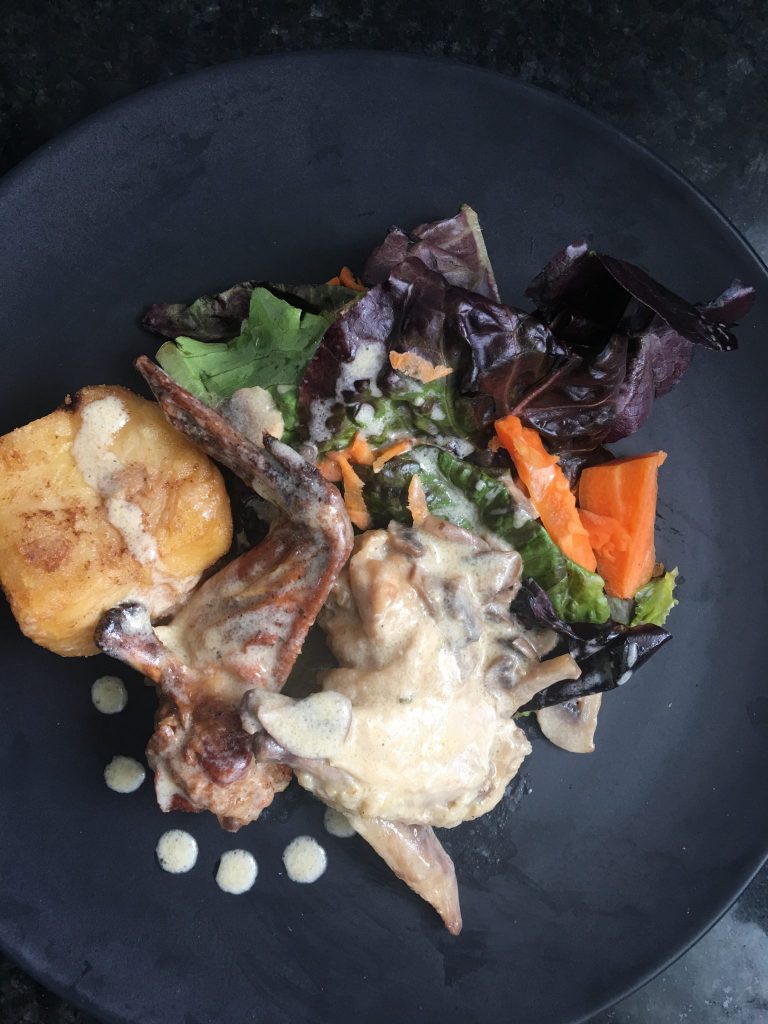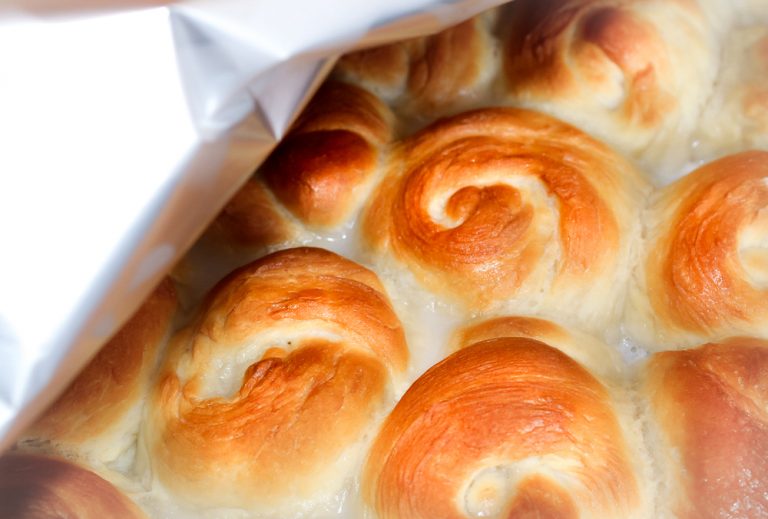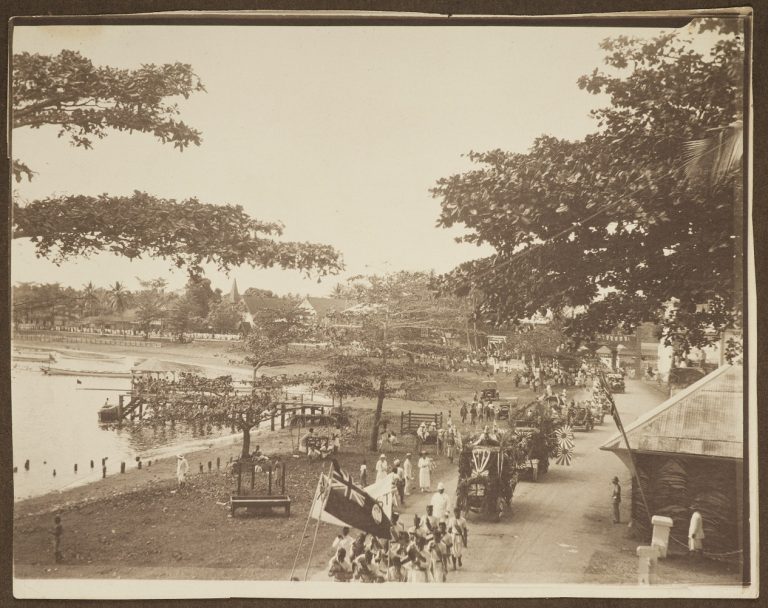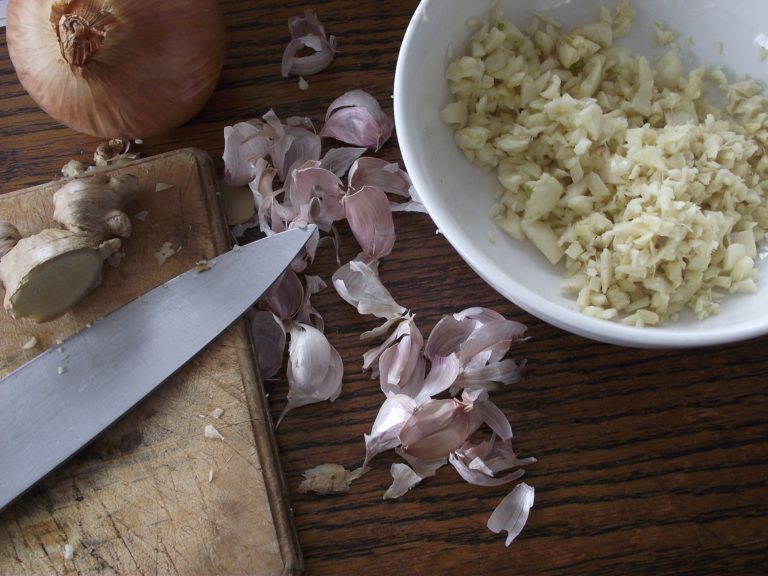
5 highlights from the 2018 Tāmaki Herenga Waka Festival
Auckland Anniversary weekend happens at the end of January every year. Every Friday afternoon around this time of year, the motorways are jam-packed with families

Auckland Anniversary weekend happens at the end of January every year. Every Friday afternoon around this time of year, the motorways are jam-packed with families

“Dementia isn’t a specific disease. Instead, dementia describes a group of symptoms affecting memory, thinking and social abilities severely enough to interfere with daily functioning”

Family Time Is Sacred Time During the past 5 months, I’ve spoken with many close friends who have lost a parent. As someone whose parents

I was the only child with my grandparents,.. So they would always take me out to the park, to the beach or to see family. I appreciated the time they would spend with me.

I’d be lying if I said I had always wanted to go to Samoa. As a second generation immigrant, life in New Zealand and all

=”1″ =”4.19.0″ custom_margin=”0px|0px|0px|0px|true|true” custom_padding=”0px|0px|0px|0px|true|true” =”{}” ] So… I have no idea how panipopo – those decadent buns soaked in sweet, velvety coconut cream – became

Every Samoan should be proud to know these stories from our history. These will make great bedtime stories for the kids, too.
In the old old days (like from 1200 to 1300), Samoa was ruled by Tonga.
For 100 years even!
It’s ancient history now – no hard feelings – but apparently, the Tongan king at the time was a bit of a tyrant.

Uso! (or Uce!) Toko! Siana! All terms we use – from different islands in the Pacific – to refer to our brothers. Our buds. Our

Here’s a dish we most likely inherited from Asian settlers in the Pacific. Samoan curry is made with powdered Indian spices, but it isn’t as